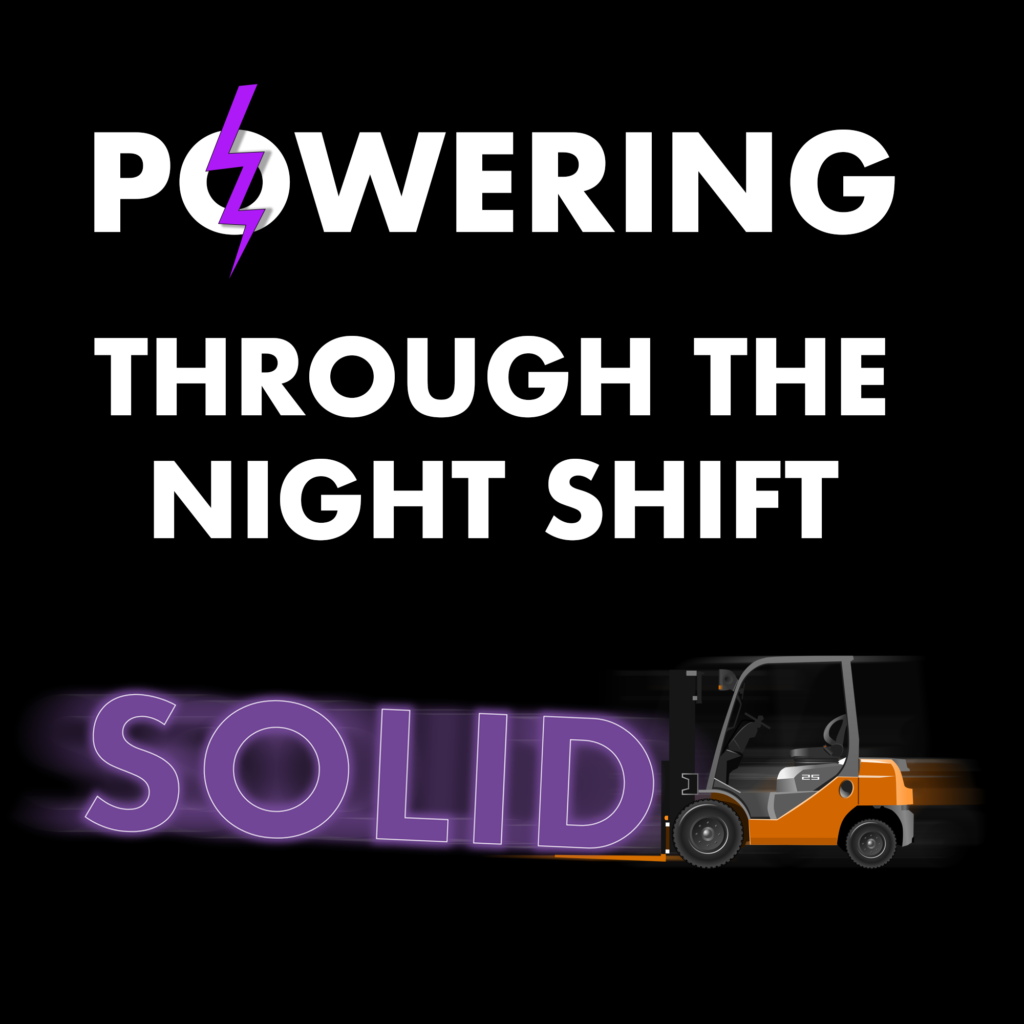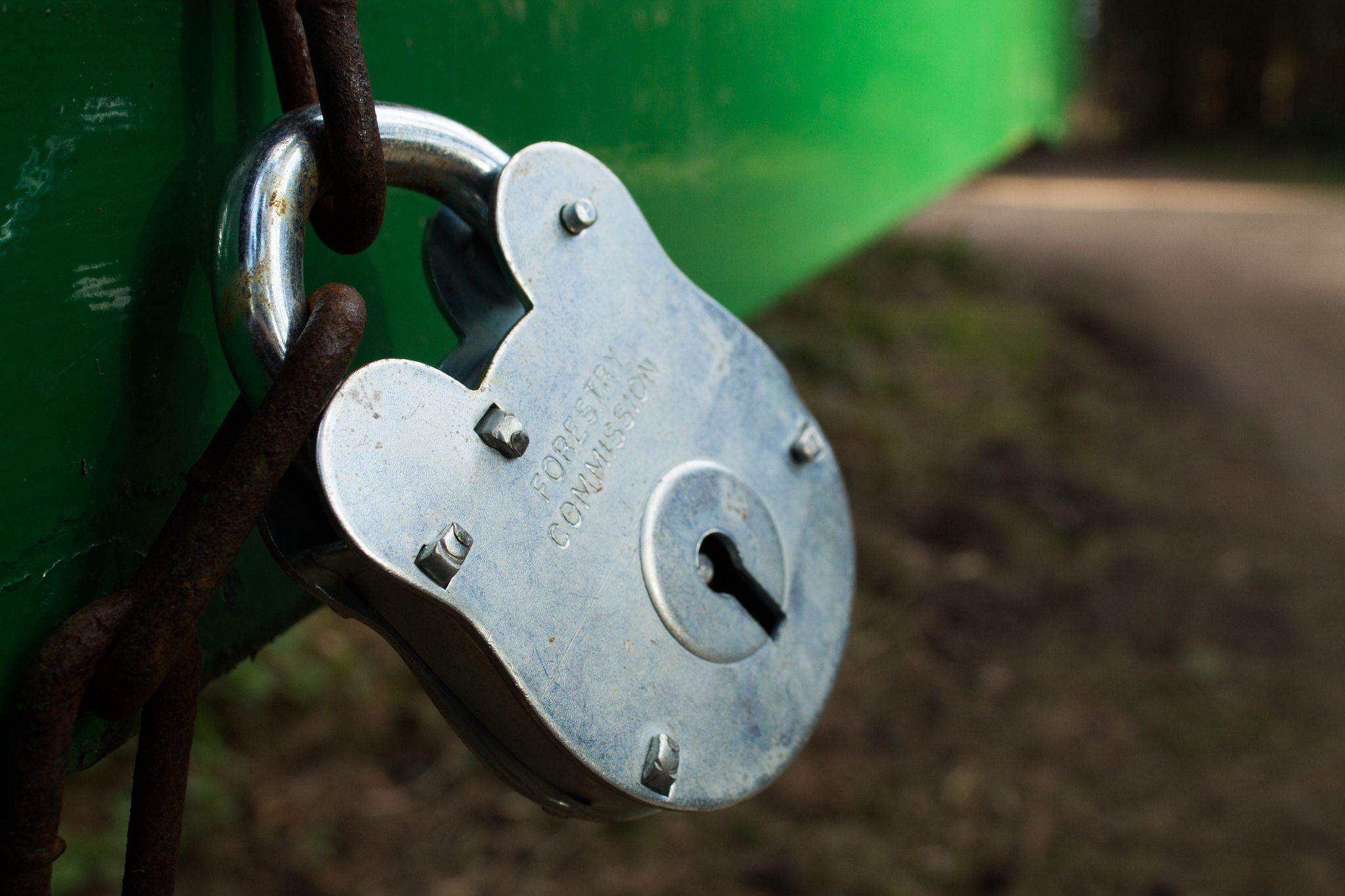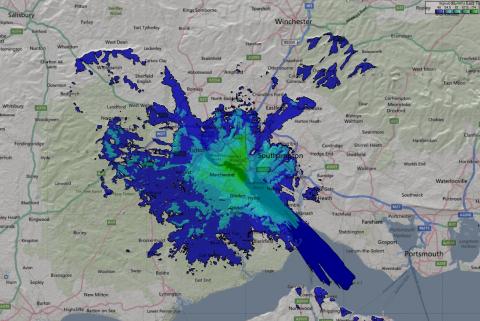End of an Era
Radio has been in my life a very long time now. It’s almost 20 years since I broadcast to the web with a friend, a cheap microphone and a chat channel egging us on. Technology has been the only longer running theme in my life. That’s why it’s almost impossible to imagine the next step I’m taking – to close down Solid Radio.
That’s the linear webstream, not the wider “project” or team. We’ve been on air now for about five years but the fact you can spend more on PRS/PPL/MPLS music licences for 20 listeners online than for a commercial FM broadcaster has meant we needed to re-think things. That’s why we’re moving to podcasting. Specifically, making use of the Spotify Anchor platform to allow music to still play some part of the content we produce. Anything entirely speech driven such as interviews and new programming strands like “A Wee Natter” will be available on every podcast platform we can find.
I guess it’s part of a wider broadcasting trend – the move away from linear to on demand content. Our listeners can now choose when to enjoy the programmes we produce. It also frees up a lot more time to produce new programmes and even videos.
Making such a big move gives me a chance to reflect on some of the lessons, experience and insights we’ve gained along the way. We’ll never claim to be experts or even a rip-roaring success but some of this will save you some pain along the way.
Music Programming
Weirdly, this is a thread that started long before Solid Radio was even an idea. In my days at NHR, I inadvertently ended up as “Programme Controller”. Amongst successes, including the first award win for the station in decades, revamping the music lineup was a big deal. When I first joined the station, we played anything and everything.
When your drive is to serve hospital patients, you have to expect a bit of that. Anyone that’s been on the wards gathering requests will tell you that. But the other 20 hours a day you broadcast – it needs to be a bit more focused. Merely understanding the average long stay patient was mid-50s drove us to bin off some of the more eclectic and older songs. The result was an overnight success – literally! We got feedback praising the change without prompting from the wards.
Some of the mechanical and stylistic choices made their way into what became Solid Radio. We could take a rockier vibe, keep the idea of banning slow / late night love type songs and bring it to a wider audience.

You can find more about the nuts and bolts in an article I wrote for this very blog seven years ago. Though we have learned a few more lessons in the mean time. Some of these include:
- You still have to keep the playlist trim. Solid Radio was wide compared to commercial stations but playing weird and wonderful stuff saw people tune out.
- Slow songs don’t play well with our audience at all. Kinda makes sense when you consider our overall sound and not universal advice.
- You can go heavier on the rock spectrum than you imagine – so long as you’re still playing the hits.
We unfortunately never had the audience size to get useful information from surveys. We did get some stats when people tuned out but had to mainly rely on gut feelings and passing comments from listeners.
Music Licensing
This section could entirely turn into a rant. The cost to broadcast music on the web is eye-watering. I’m not wrong in calculating that 20 simultaneous listeners online is more expensive than the minimums for a commercial broadcaster to thousands of listeners.
The restrictions are also a lot tighter. On demand content is for all practical purposes off the cards. This means the listen again experience that traditional broadcasters offer wasn’t something we could do. Even if we had the technology in place.
There were also much stronger rules around the number of songs in an album we could play in any given time and even how long we could leave between programme repeats.
It’s almost like the music licensing bodies don’t like small online broadcasters…
Geoblocking
Anyone who’s kept their ear to the ground will have heard about the legal action Sony/Warner took against TuneIn. The result was effectively a transatlantic split – we can’t listen to US radio in the UK and they can’t listen to us.
However, this has always been a restriction for us. There is no licence or legal structure that would allow it to happen, other than setting up two seperate radio stations, one on each side of the Atlantic. They’d just have to coincidentally play the same content at the same time.
Welcome to 2022. The era where we have technology but have to follow 20th century copyright rules. Just ignore those AM stations bounding over the ocean or the ease of working around geoblocking restrictions.
Voice Tracking Technology
Most of the presenters on Solid Radio are not died-in-the-wool radio types. They can present a show but have never set foot in a broadcast studio. Some of the content was regularly being delivered to us on WhatsApp!
Over the years, we’ve explored a number of options for allowing presenters to deliver voice tracked content. Some of the regular issues we’ve run into include:
- Lack of support for mobile devices. Not everyone has a laptop.
- A need to install a lot of support software. If you need an SQL server on the presenter’s machine, it’s probably a bit too heavy going.
- Inability to add songs from a library. A surprisingly common issue – turns out a lot of places don’t want this to be possible. We needed it for requests, specialist shows, etc.
We eventually ended up on Station Playlist but went through a lot experimentation and systems to get there.
Playout Technology
In the year 2022, it’s still cheaper to have some VMs running on a computer in the corner of my house than running a 24×7 broadcast on cloud or VPS instance. The vast majority of playout systems run on Windows and expect a full desktop experience. You can run on virtualised sound cards, audio processors and encoders but you still need a desktop.
The range of software options available at our price point has not changed in a very long time. Most “professional” systems will be out of reach for small scale webcasters. PlayoutONE was an option we ran with for a while until we couldn’t live with the voice tracking limitations any longer.
Thus the move to the same system I encountered at Perth FM 106.6 over a decade ago – Station Playlist.
Schedulers often have a similarly limited number of options and are often “neutered” at the price point we were operating at. You can be a bit clever but will often be limited in the number of categories, clocks and rules you can configure.
On top of this, you either need to host your own streaming servers or pay a lot of money for some very limited offerings. We also had mobile apps and smart device skills with back-end server that needed regular maintenance. It all adds up in time, monthly bills and even £100 to Apple every year for a free app!
Monetisation
Did we say running an online radio station is expensive? Making it pay its own way is even harder. When you’re in the 10s of simultaneous listeners (tens of thousands of listener hours per month), sponsorship is a hard sell. Not impossible but not likely to make enough to cover costs.
Geographically targeted advertising is something bigger broadcasters have been doing for a while and has since been scaled down through suppliers like TargetSpot. The bad news is that the ad load is very light. Only about 2% of the slots we offer are ever filled, and we only run 2x 1 minute breaks per hour.
While we did see some small, local advertisers on air, the vast majority of slots that did sell were through international brands. The result is we’ve never seen a penny from this. We’ve never hit the minimum payout. That’s a lot of time tweaking delays and triggers for nothing in return!
Music licencing rules mean we can’t hide behind premium/paywall options. Maybe we need to start looking at Patreon and Sooty the Solid Radio Cat mugs…
Marketing and Online Advertising
Despite even the demise of Live365, webcasters are still out there in great numbers. Heck, there’s a local group round the corner from where I live giving it a go.
The result is you’ve got a lot of competition. Google Ads will bring you clicks but not listeners. Getting listed on aggregators helps but also brings in the bots. Social media is about the only platform we’ve had the budget and ability to make any real traction.
On top of that, a change to TuneIn’s rules mean that nowadays, unless you happen to be a big broadcaster, it’s near impossible to get listed. This means even with in-house developers, you’ve got an extra hurdle to get over for anyone to listen to you on a smart device. How’s that for unfair competition!
Conclusion
Being a webcaster is hard. We’re still up for the challenge but in a new form. A form that will allow us to deliver more content in more formats for far less effort. Why not join us for the next stage of the journey?


